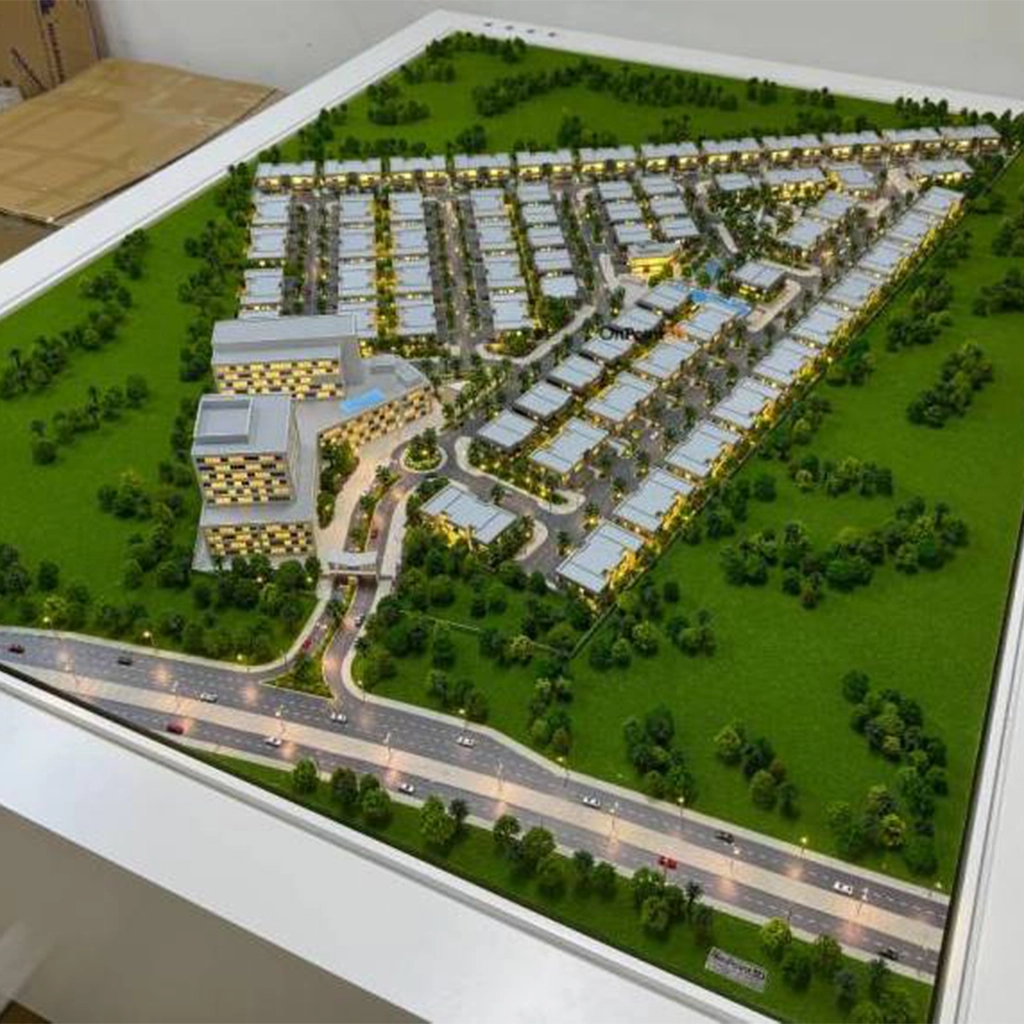Concept models play a crucial role in the early stages of architectural design. As tangible tools, they allow architects to explore shapes, balance, and spatial relationships with ease.
Constructed quickly using basic materials, these models help refine design ideas before progressing to detailed drawings or more advanced iterations.
Exploring form and proportion:
Concept model making Dubai is often built to test overall mass and scale. Working in physical dimensions allows easier observation of how parts interact and how volume is arranged. Through repeated model adjustments, proportions are fine-tuned. Simple versions built from card, foam, or clay can quickly reveal which direction the form might follow.
Examining spatial flow:
By adjusting blocks or layered sheets, concept models show how paths, separations, and visual connections might take shape. These models support experiments with circulation, light entry, and spatial density. Architects often move pieces around or cut openings in order to try out different arrangements at an early stage.
Testing ideas quickly:
Concept models do not follow strict measurements or finishes. Their rough quality allows quicker decision-making and faster trial of multiple ideas. Because they are easy to build and change, they make it simpler to move from one idea to the next. Stacked paper, folded card, or even wire frames all serve the purpose.
Supporting design communication:
These models assist in design discussions with clients, mentors, or project teams. Even without fine detail, they show the general direction of a project. Their 3D nature allows others to understand scale and layout more clearly than flat sketches. Discussions often benefit from pointing at or adjusting parts during meetings.
Reducing complexity in early stages:
Concept models help to avoid working through too many details at once. By stripping the idea to its basic parts, attention stays on the overall form rather than finishing touches. It becomes easier to see what works and what might want more planning before moving forward to a more detailed model.
Building design confidence:
Repeated work with simple physical forms strengthens decision-making. By cutting, shaping, and arranging materials directly, designers develop more control over their design process. Even if the final model looks different, the early models provide a base for comparison and learning.



